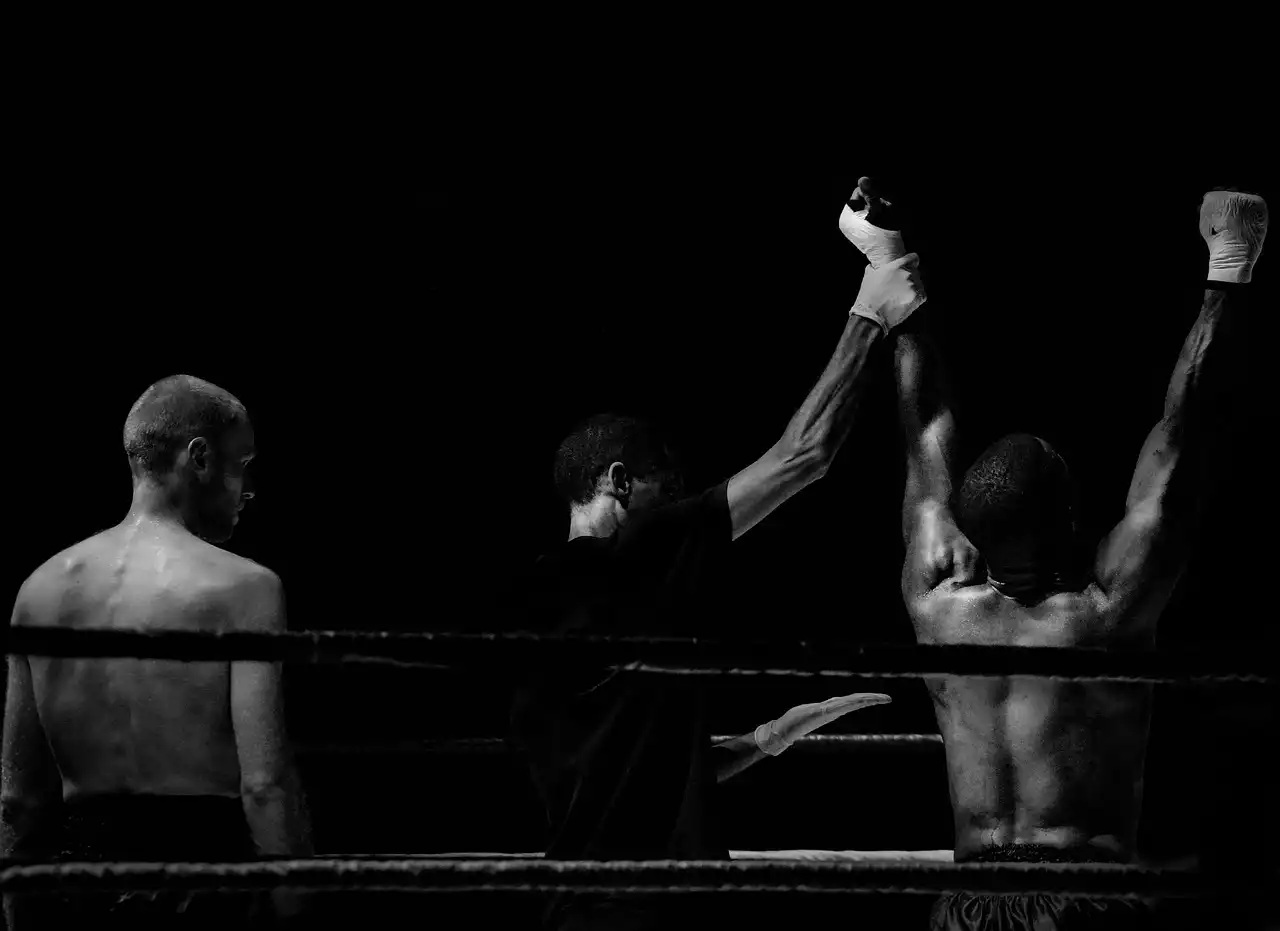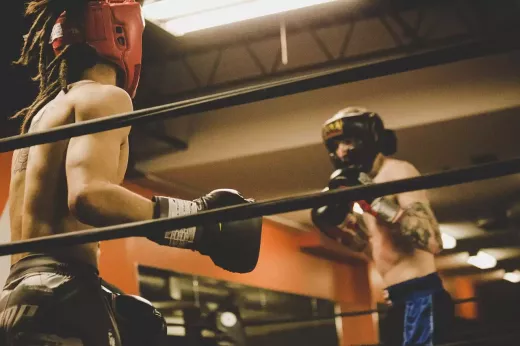Understanding the Technique of the Cross
The cross is a straight punch thrown with your rear hand, which is the hand farthest from your opponent. To execute the cross, you must first assume a proper stance. Your feet should be shoulder-width apart, and your knees should be slightly bent. Your weight should be evenly distributed between both feet, and you should be on the balls of your feet. Your lead hand should be up, protecting your face, while your rear hand should be back, ready to deliver the cross.
When throwing the cross, you should pivot on your rear foot, rotating your hips and shoulders toward your opponent. This rotation generates power, and the energy is transferred from your feet to your fist. Your arm should be completely extended, and your wrist should be straight. Your fist should be turned slightly downwards, with your knuckles aligned vertically. Your elbow should be in, close to your body, and your shoulder should be raised to protect your chin.
The cross is a move that requires proper technique and practice to execute correctly. It is essential to keep your form correct while practicing to avoid any injuries.
Different Variations of the Cross
There are several variations of the cross in kickboxing. These variations are designed to confuse your opponent and make it harder for them to anticipate your attacks. One of the most common variations is the overhand cross. The overhand cross is a looping punch that is thrown over your opponent's guard. This punch is highly effective when your opponent is protecting their face, and you need to find an opening.
Another variation of the cross is the lead hand cross. This punch is thrown with your lead hand, which is the hand closest to your opponent. The lead hand cross is a quick and sneaky punch that catches your opponent off guard. It is essential to use this punch sparingly, as it can leave you open to counter-attacks if not executed correctly.
The uppercut cross is another variation of the cross. This punch is thrown in an upward motion toward your opponent's chin. The uppercut cross is a powerful punch that is highly effective when your opponent is leaning forward, or when they are in close range.
Common Mistakes to Avoid While Executing the Cross
While executing the cross, there are several common mistakes that you must avoid. One of the most common mistakes is dropping your guard while throwing the punch. Dropping your guard leaves you vulnerable to counter-attacks from your opponent. It is essential to keep your guard up while throwing the cross.
Another common mistake is throwing the punch too wide. Throwing the punch too wide makes it easier for your opponent to see the punch coming and dodge it. It is essential to keep the punch straight and tight to increase its effectiveness.
Lastly, another common mistake is not pivoting enough on your rear foot. Pivoting generates power, and not pivoting enough reduces the impact of the punch.
Training Drills to Improve Your Cross Technique
To improve your cross technique, you must practice regularly. There are several training drills that you can do to improve your cross-technique. One of the most effective drills is the shadowboxing drill. This drill involves throwing punches at an imaginary opponent while focusing on your technique, form, and footwork. Shadowboxing allows you to practice your punches without the risk of injury and helps you improve your muscle memory.
Another training drill is the heavy bag drill. The heavy bag drill involves throwing punches at a heavy bag. The heavy bag allows you to practice your punches with resistance, which helps you improve your power and technique.
Lastly, the partner drill is another effective training drill. This drill involves practicing your punches with a partner. Your partner can hold up focus mitts for you to punch, which helps you improve your accuracy, speed, and power.
Combining the Cross with Other Techniques in Kickboxing
Combining the cross with other techniques in kickboxing can make it harder for your opponent to anticipate your attacks. One of the most effective combinations is the jab-cross combination. The jab is a quick punch that is thrown with your lead hand, followed by the cross. The jab sets up the cross and makes it harder for your opponent to see the cross coming.
Another effective combination is the hook-cross combination. The hook is a punch thrown in a circular motion toward your opponent's head. The hook-cross combination is highly effective when your opponent is guarding their face, and you need to find an opening.
Cross Techniques Used by Professional Kickboxers
Professional kickboxers use the cross in several ways to gain an advantage over their opponents. One of the most common ways is to use the cross to counter their opponent's attacks. When their opponent throws a punch, the kickboxer slips the punch and counters with a cross.
Another way that professional kickboxers use the cross is to set up their kicks. The cross is an effective punch, and when used correctly, it can create openings for their kicks.
Lastly, professional kickboxers use the cross to finish their opponents. When their opponents are tired and vulnerable, the kickboxer throws a powerful cross to knock them out.










